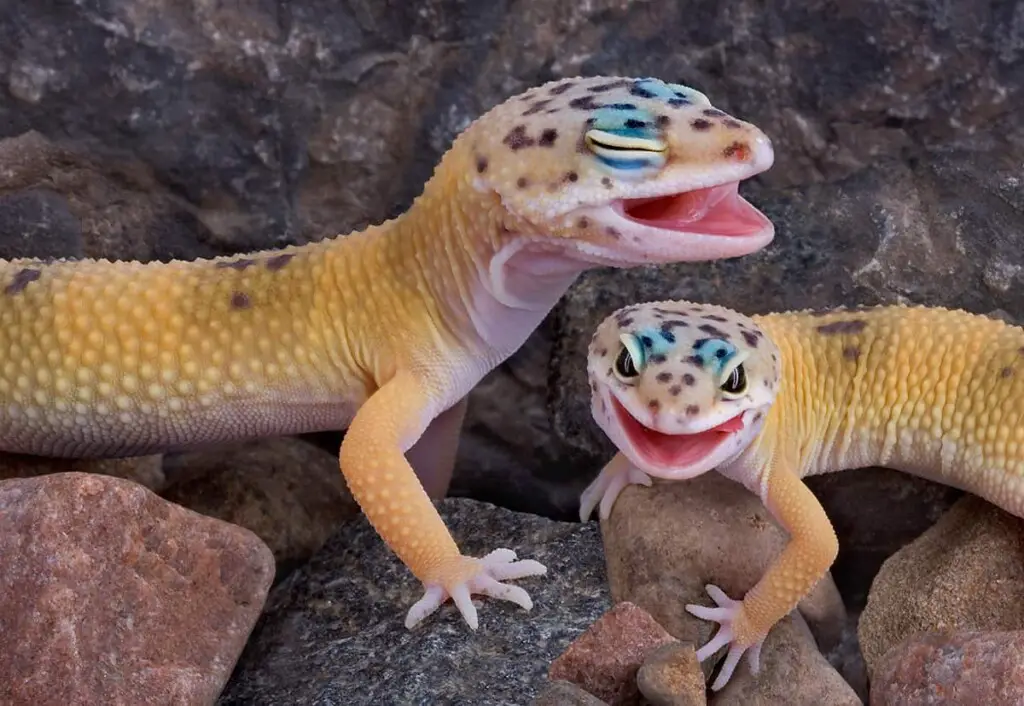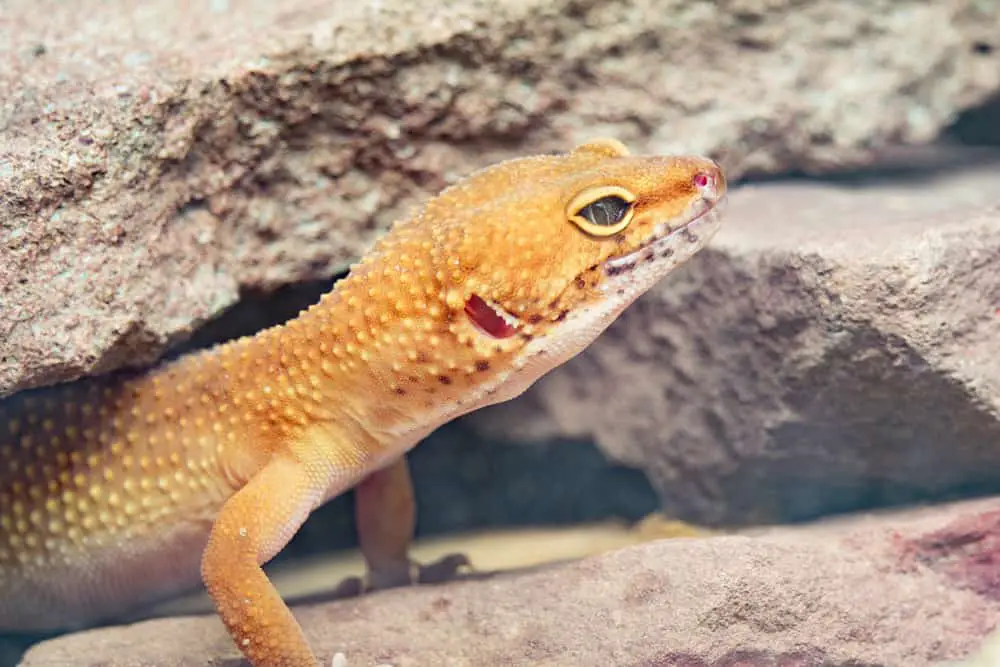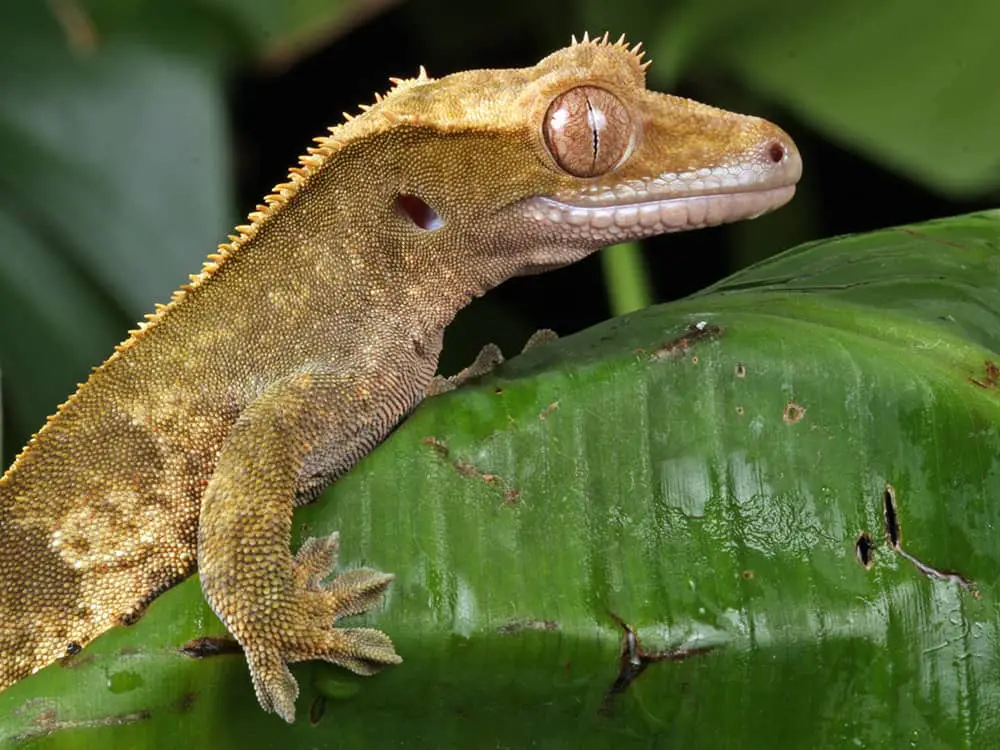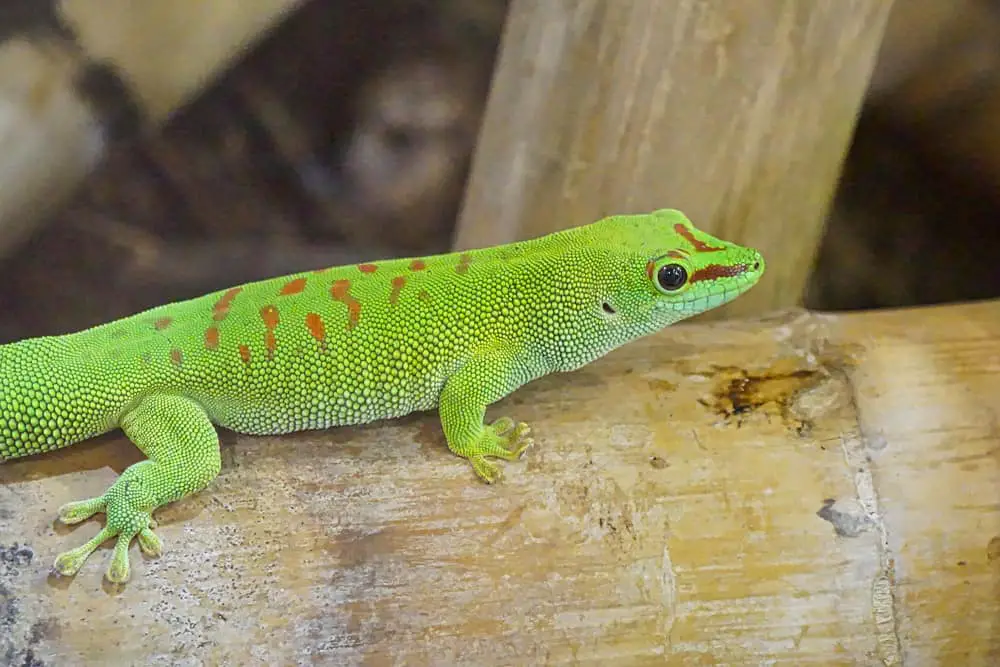
Geckos are some of the most popular pet reptiles in the entire world, particularly because of how common they are and how easy they are to spot both in households and in the wild. But there are plenty of different species of geckos on the planet, so it might be difficult for you to really distinguish one from the other in terms of where you can find them. Nevertheless, for those interested, where can you find geckos living in the wild?
You can usually find geckos in Southeast Asian countries and in many other countries with warm climates. They may be commonly found on the ground, but they can also be found in houses not as pets but as wild animals. Geckos love living in dwellings and may even find themselves in other countries as stowaways on ships.
The gecko is a very common reptile to find as many of them are even caught right in the homes of people but are still regarded as “wild-caught.” Due to how these reptiles have adapted themselves to living in the dwellings of humans, they are quite easy to take care of. Still, though, it depends on the species of gecko we are talking about because not all of them are as common as you may think.
In this article, we’ll start with some general ideas of places geckos tend to inhabit, but then go exploring into the locations around the world where these 4 specific kinds of geckos are found:
Leopard Geckos Crested Geckos Day Geckos Banded Geckos
Then I’ll conclude with some specifics about actually going out and hunting some geckos down–which is really what we all want to know!
Table of Contents
- Do geckos live in the ground?
- Where do Leopard Geckos live?
- Where do Crested Geckos live?
- Where do Day Geckos Live?
- Where do Banded Geckos live?
- Can You Find Geckos in Your Backyard?
- How to find and catch a gecko in the wild?
- Are There Regulations to Keep in Mind for Hunting Geckos in the Wild?
Do geckos live in the ground?
Geckos are commonly found in tropical areas that have climates that are warm enough for them. Most of the time, a gecko will spend its time both in and on the ground. The reason for such a habit is that geckos need to be able to find a way to keep themselves away from potential predators as they are sleeping through the day.
Another reason why geckos can be found underground during the day is that these nocturnal creatures want to stay away from the light of the sun so that they can sleep. Of course, this also includes their need to stay clear from the sun’s heat as they use the ground as their primary umbrella.
A lot of geckos in Asian countries and in tropical regions tend to hang out on walls of buildings even during the daytime because the walls can already serve as enough protection from the sun for them while they sleep. It is also needless to say that geckos can be found in houses as well as domestic houses, and dwellings offer them the protection they need to stay clear from both the sun and their natural predators during the daytime.
Because of their nature as invasive species, common geckos can be found almost anywhere in the world. Geckos are able to hop around the world unknowingly as invasive species that hide in ships as stowaways while they are trying to find shelter during the day.
So, generally they can be found both in and on the ground and in dwellings such as buildings and houses. However, different species of geckos still vary in terms of their habitat and where you can find them.
Where do Leopard Geckos live?
The Leopard Gecko (pictured at the very top of the article and below) is one of the more common species of geckos you can find as they are popular as pets in many American households even though they are not native to the United States of America.
Leopard Geckos, like most geckos, can be found in warm climates, but they prefer dry, arid, desert regions such as Iran, Afghanistan, India, Nepal, and Pakistan. These places are not only warm but do not see a lot of rainfall as well, unlike other warm regions that tend to be tropical and humid.
In such countries, Leopard Geckos can be found in rocky, desert, and dry grassland areas with a bit of vegetation. While they may love dwelling in deserts, Leopard Geckos are not too fond of sand because places that are predominantly sandy make it harder for them to stay hidden. For this reason, they prefer and are partial to terrain that is predominately clay and rocky.

Unlike the usual household gecko that can be found in many households in Asia as wild-caught reptiles, Leopard Geckos prefer to stay on the ground and are rarely seen on walls or high places. During the day, Leopard Geckos hide underneath the ground as they are nocturnal animals. Leopard Geckos may also just use crevices as their main shelter instead of hiding underground.
When housing Leopard Geckos, it is important to keep them away from sand because of how they can ingest it. It might be better for you to use clay or any other soil instead. Keep the humidity levels somewhere between 30 and 40 percent while also providing a lot of warmth in its terrarium. It is a good idea to decorate its habitat with rocks that it can use for hiding. As you get into keeping Geckos as pets this is commonly known as providing your gecko with a “hide.”
Where do Crested Geckos live?
The Crested Gecko is one of the rarest geckos you can find in the wild because it is endemic only to one country, which is New Caledonia, a small French territory found east of Australia.
Given how small New Caledonia is, it is no wonder why Crested Geckos are rare. These geckos can be found in two main population groups in the country, namely on the main large island of Grande Terre and then to the south on the smaller Isle of Pines.

These reptiles love to stay in small trees and plants, and they are actually arboreal animals that love to stay in high places instead of on the ground, unlike the usual house gecko that can be found both on the ground and on high places. And like most geckos, Crested Geckos prefer to stay in warm and humid climates that are very tropical.
Housing Crested Geckos requires you to place a lot of small trees or plants in the terrarium. The Crested Gecko’s terrarium must be more vertical than horizontal due to the animal’s arboreal nature. Of course, keeping the terrarium nicely humid and warm by spraying it with water from time to time and by providing a warm light source are just as important as well.
Crested Geckos may be widely-kept as pets in the world, but it has become difficult to get your hands on them because of how New Caledonia has banned their export. However, there are existing breeding groups from past exports found in America and in Europe.
| FUN FACTS: 1) Crested geckos are also known as “eyelash geckos,” because of the small pointy ridges above their eyes (they aren’t actual eyelashes!). 2) Crested geckos were thought to be extinct up until 1994. At this time, many fairly large, healthy populations were discovered on the islands of New Caledonia! |
Where do Day Geckos Live?

The Day Gecko, also known as the Madagascar Day Gecko (but that gives it away!) is found in the Island of Madagascar just off the east coast of southern Africa.
Where do Banded Geckos live?
Western Banded Geckos, or simply Banded Geckos, are mostly found in the warmer southwestern areas of the United States, such as California, Arizona, and Nevada. In such regions, they are found in a wide variety of habitats, including vegetations, deserts, and woodlands. As nocturnal reptiles, they love hiding under plants or simply on the ground. However, you can also find Banded Geckos in houses.
It is interesting how some of the characteristics of a given geckos habitat inform how we might want to set up the home that we make for them as pets. Indeed it does, but I will speak to this in another blog post on this site. But suffice it to say the Banded Gecko likes to walk about and explore the ground as opposed to wanting to climb. You might think of them as horizontally inclined as opposed to vertical.
Furthermore, if you are out looking for this critter, the Banded Gecko will be typically found in sandy and rocky parts of the American Southwest. Some specific places to perhaps hunt some down would be Glen Canyon National Recreation Area, as well as in Arches and Canyonlands, but see the map for the full extent of their possible locations.
Because Banded Geckos prefer the night are you won’t see them out and about during the heat of the day. They hide out under rocks and might even find shelter in animal burrows, or just any place where they can find protection from direct sunlight and the day heat.
Check out this excellent video below of someone that was hard working and lucky enough to see this beautiful little specimen of the Western Banded Gecko out hunting after dark!
Can You Find Geckos in Your Backyard?
Geckos may be easy to find in the backyards of homes, especially if you live in a region where certain species of geckos can be found. In a lot of Southeast Asian countries, common household geckos are actually pretty easy to spot in houses and backyards precisely because they have gotten used to such a lifestyle. If you are in the US, you may find a few Banded Geckos living in your backyard, especially if you are in the warmer regions such as California and all of the southwestern states close by.
| TIP FOR CATCHING GECKOS: The best way for you to attract geckos in your backyard is by keeping an outside light on. This will attract insects towards the light. And when there are insects, there will also be geckos because of how they will be attracted to their prey. |
How to find and catch a gecko in the wild?
If you want to find and catch a gecko in the wild, here are some cool tips that will surely help you:
- Know when the geckos in your region are active – Geckos are mostly active at night given that they are nocturnal animals, but they can also be diurnal as well.
- Study the habits of the geckos in your area – There are some geckos that are arboreal in nature while some geckos are terrestrial. However, common household geckos can be both. Knowing their habits will allow you to know where you can find them, such as trees, walls, or under rocks and plants.
- Find a way to lure them – Geckos are easily attracted to insects at night whenever they are active and hunting. That’s why it would be a good idea for you to keep a light source on so that it will attract nearby moths and other insects, which are ideal prey for geckos.
- Catch the gecko – The moment you see a gecko after luring it, the next step is to catch it by using different methods. A net might be the best way because of how it keeps your hands away from the reptile, but you can also use your hands as long as you are wearing gloves and that you are gentle enough with the creature. In some cases, you can also use a stick to gently guide the gecko towards a cage or a trap you have set up for it.
Are There Regulations to Keep in Mind for Hunting Geckos in the Wild?
Yes, there are! So wherever you are in the world, if you are thinking about taking a trip and hunting down some Geckos, seek out the local regulations that might be in place to protect local species. For instance, if you are in the Southern California area, and venturing out to hunt geckos down, know there are specific regulations about where you are permitted to bag and remove animal life. See some of the regulations here to be in the know and do it right.
